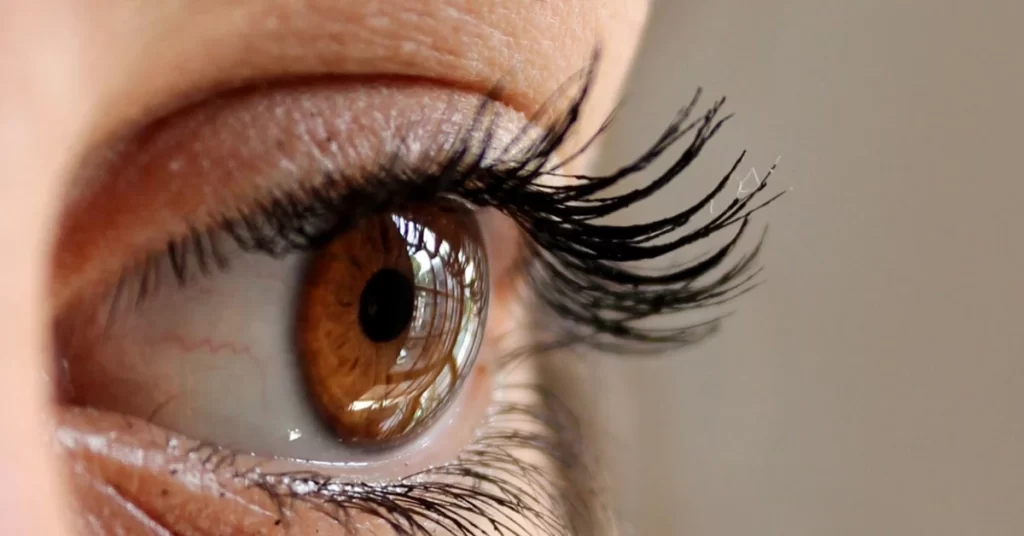Did you know that you can experience vision changes during pregnancy? Here’s how.
Pregnancy-related vision impairments are generally common and are caused by changes in blood circulation, fluid retention, and hormone levels. This is because the body tries to adjust itself to accommodate the growing fetus.
These modifications occur alongside other body changes during pregnancy and can differ from person to person.
Vision Changes in Pregnancy
Refractive Changes: Some women who are pregnant see changes in their contact lenses or eyeglass prescriptions. This can involve changes in astigmatism, farsightedness (hyperopia), or nearsightedness (myopia). These refractive alterations are frequently transient and may go away following delivery.
Dry Eyes: Pregnancy-related hormonal changes can cause a decrease in tear production, which can result in dry and painful eyes. This may cause a gritty or burning sensation and lessen the comfort of wearing contact lenses.
Fluid Retention: The eyes can be impacted by fluid retention, which is frequent during pregnancy. Due to fluid retention, the cornea, the transparent front surface of the eye, may gradually bulge, temporarily altering vision because of temporal failure to focus images on the retina.
Brief Increase in Intraocular Pressure: Some pregnant women may suffer a brief rise in intraocular pressure, which might affect their eyesight. This is often minor and doesn’t frequently cause serious eye injury.
Blurred Vision: Changes in corneal curvature and variations in the fluid volume of the eye can both result in blurred vision. These modifications are often transient and likely to go away after pregnancy.
Pregnancy-Induced Hypertension (PIH): In some circumstances, PIH can alter the blood vessels in the eyes, causing vision changes. Given the potential severity of this, quick medical care is necessary.
Gestational Diabetes: If gestational diabetes, which can develop during pregnancy, dramatically alters blood sugar levels, it may result in alterations to vision. Temporary refractive alterations and, in rare instances, more serious problems, may result from this.
Preeclampsia: Preeclampsia is a dangerous disorder marked by elevated blood pressure and symptoms of organ damage, frequently to the liver and kidneys. It can also have an impact on eyesight, leading to symptoms including blurred vision, seeing spots, or light sensitivity. For preeclampsia, quick medical attention is required.
The Take-Home
It’s crucial to remember that while many changes in eyesight during pregnancy are transient and safe, some may signal underlying health problems that call for medical treatment. It is advisable to see an eye doctor (ophthalmologist or optometrist) as well as your obstetrician for a proper evaluation if you notice any sudden or major changes in your vision while pregnant.
Additionally, leading a healthy lifestyle throughout pregnancy, which includes eating a balanced diet and getting regular exercise, can enhance general well-being and possibly lessen some of these eyesight abnormalities.


